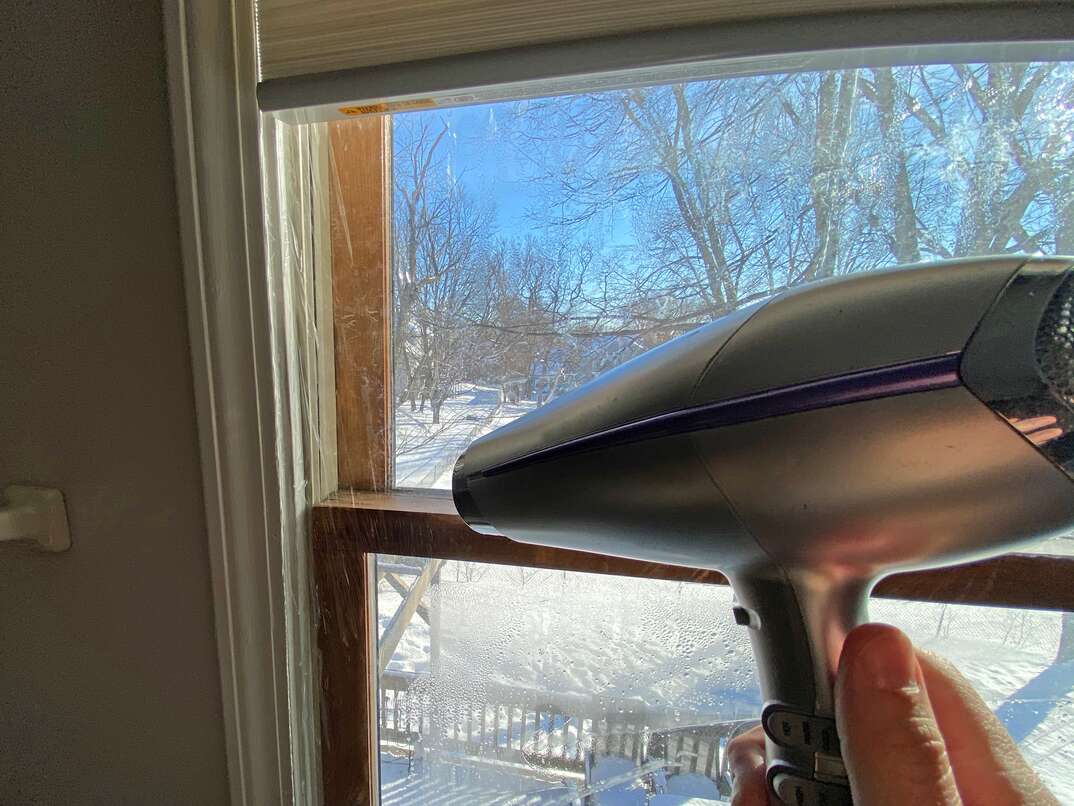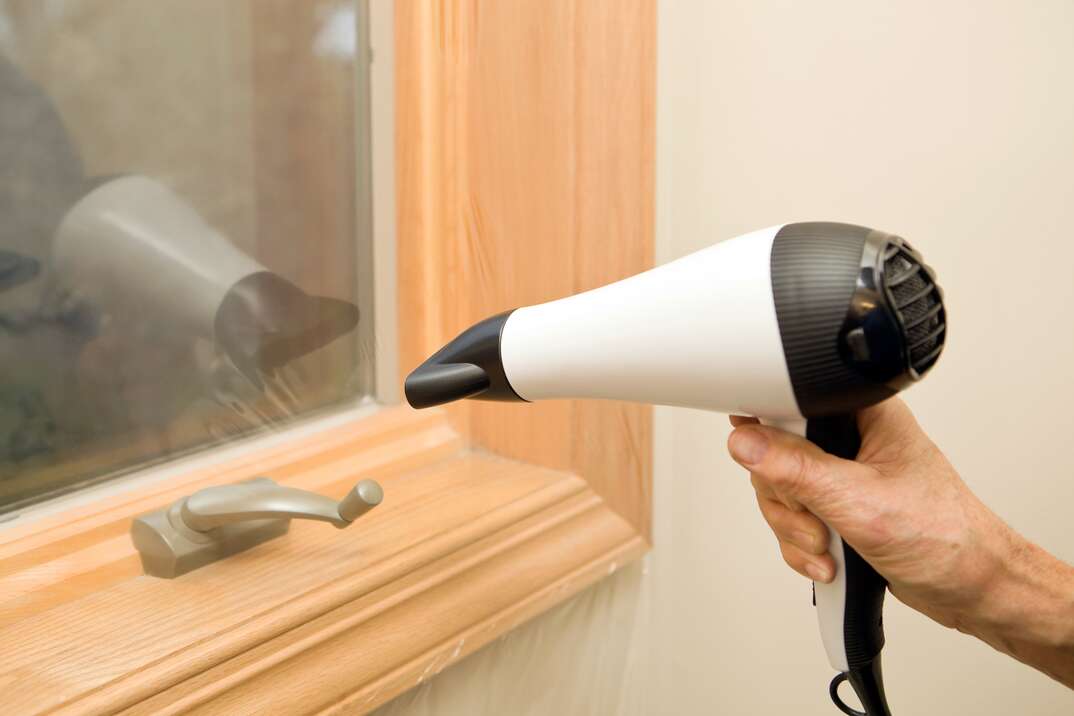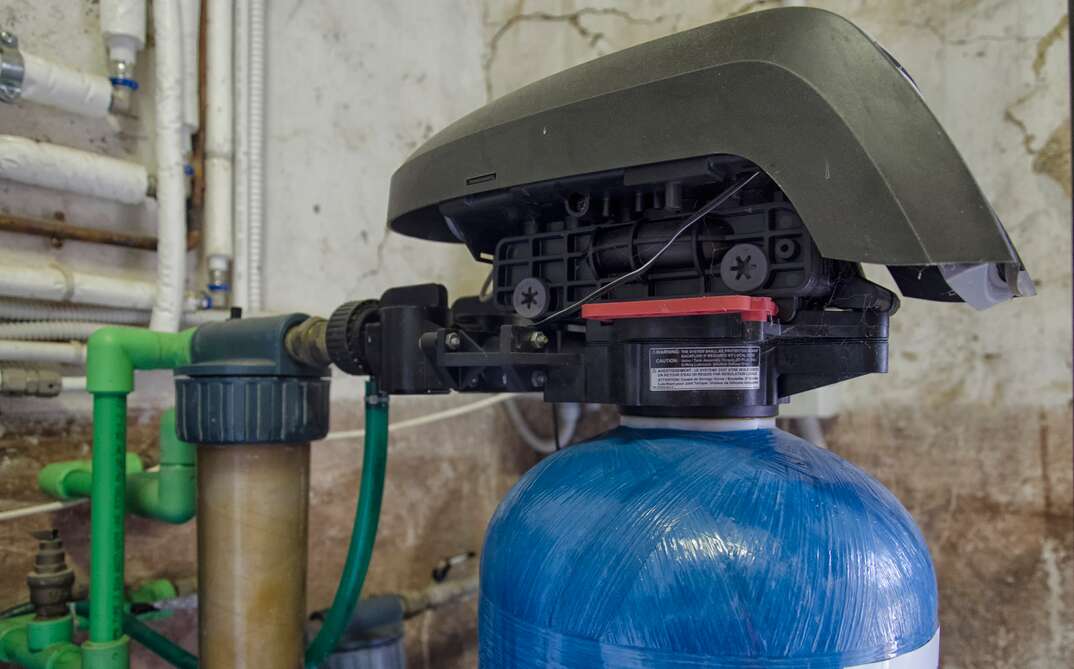How to Fix Scratches on Hardwood Floors
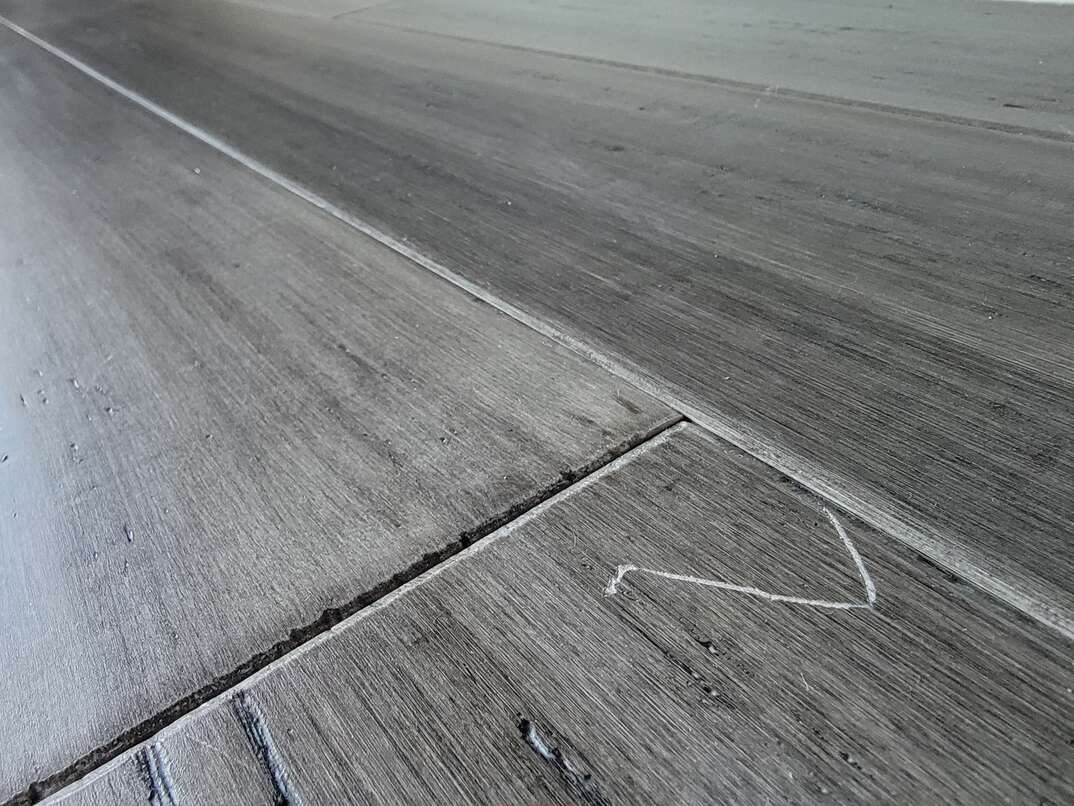
Hardwood floors can add warmth to your home. Unfortunately, they’re also prone to scuffs, gouges and scratches. There are ways to protect your beautiful floors from getting marked up. If you’ve just discovered a blemish, don’t panic! Usually, you can repair scratches yourself using a few tools and materials from the hardware store.
This May Also Interest You: How Much Does It Cost to Refinish Hardwood Floors?
By mastering a few simple techniques, you can learn how to restore your floors to their natural beauty. Here’s how to fix surface scuffs and deeper gouges — and how to prevent them in the first place.
 ----------------------------------------
----------------------------------------
How to Prevent Scratches on Hardwood Floors
Although your floor’s protective finish shields it from most of the damage that daily activity can cause, hardwood floors are always at risk for dings and scratches, especially in high-traffic areas of your home. High heels, pet claws and shifting furniture are among the many culprits responsible for leaving behind unsightly marks.
If you want to prevent your hardwood floors from scratching, there are several simple things you can do:
Put Down Area Rugs
Area rugs are an attractive way to protect your floors, especially in high-traffic areas such as entryways, family rooms and kitchens. Rugs come in an array of sizes and shapes, and many feature a non-slip backing to keep them from shifting.
Trim Your Pets’ Nails
If you have a dog or cat, playtime can easily lead to scratches on your wood floors. A quick trim can help. Many groomers now use small rotary tools to smooth out claws so they're less likely to cause damage.
Take Off Your Shoes
Hard-soled shoes can damage wood floors. Even tracking a pebble in on the tread of a sneaker can cause marks. A small entryway bench with shoe storage is a great way to invite family and friends to take off their shoes when entering your home.
Move Furniture Carefully
If you regularly move furniture around, buy protective pads. These small, soft pieces adhere to the bottom of furniture so it won’t scratch up your floors when it's moved.
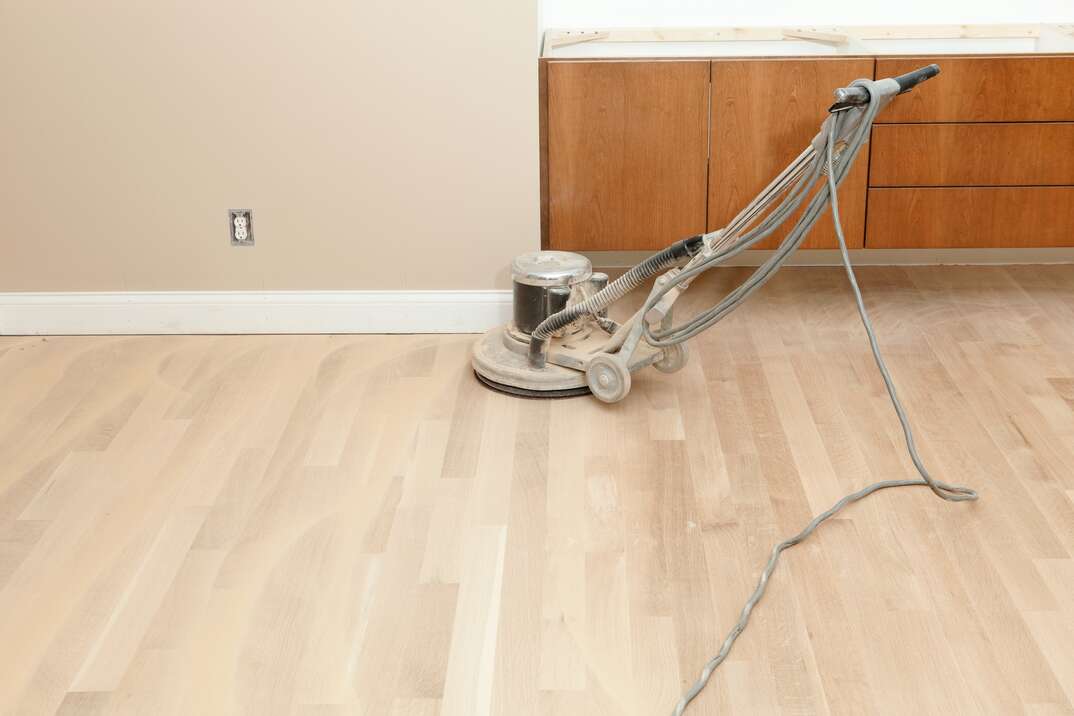
Refinish Your Floor
You can protect your floors by refinishing them with an abrasion-resistant polyurethane coating. This durable finish is also easy to clean.
How Do You Get Scratches Out of Hardwood Floors?
No matter how careful you are, scratches are inevitable. Thankfully, most minor scratches can be eradicated or at least be made less noticeable.
Your approach to hardwood floor scratch repair should depend, in part, on how bad the damage is. Treatment for deep gouges differs from treatment for light, superficial scratches.
How Do You Remove Superficial Scratches From Hardwood Floors?
Light scratches can usually be removed or minimized fairly easy, using several methods:
Cleaning
Before attempting a more in-depth fix, it’s worth giving your floors a gentle cleaning. Often, what appears to be a scratch is nothing more than some streaks, which can be removed using a soft mop or commercial wood cleaner. After mopping, floors should be misted with water and gently buffed. In addition to eradicating streaks, cleaning may minimize the appearance of light scratches.
Olive Oil and Baking Soda
These pantry staples are a great way to minimize or remove scratches on hardwood floors. Create a paste by adding several drops of olive oil to baking soda and apply it to the scratched area. Let it sit for five minutes, and then gently buff it using a soft cloth or sponge.
Commercial Products
Commercial scratch remover is simple to apply using a soft cloth. Some products are available in light or dark wood tones for additional camouflage. Stain markers and blending pencils can also be used to fill in scratches, but it might require trial and error to find the ideal shade. If you opt to use a commercial product, always follow the manufacturer’s instructions for safe and effective application.
Before attempting any fix, vacuum your floors thoroughly or wipe them with a cloth to eliminate debris that can worsen scratches.
More Related Articles:
- How to Refinish Hardwood Floors: 9 Steps, Start to Finish
- Here’s How to Clean Your Hardwood for That Flawless Shine
- How Much Does Bamboo Flooring Cost?
- Squeaky Floors Getting on Your Nerves? Give ‘Em the Silent Treatment
- How Much Does It Cost to Install Laminate Flooring?
How Do You Remove Deeper Scratches From Hardwood Floors?
Sometimes, floors are too damaged for simple scratch-removal techniques. What’s great about wood floors is that, with some work, they can be restored. Whether you’re planning on refinishing floors throughout your house or just want to repair a single area, here are six steps to follow for removing deep scratches:
1. Start Fresh
Before you begin, strip off the wood's current finish using a commercial stripping agent and fine-grade steel wool. Always rub in the direction of the wood grain to avoid additional scarring.
2. Test the Product
If you’re only refinishing a section of your floor, make sure you can match the stain and finish to the rest of the floor. Test the product on a small, out-of-the-way area — such as in a closet or under a bed — before beginning the larger repair job.
3. Patch Deep Scratches
Deep gouges can be patched using commercial wood filler, which can be purchased at most home improvement stores. Choose a pre-colored product to match common wood tones, or opt for a product that may be stained or painted. Filler is typically applied using a plastic putty knife. After drying, it should be sanded down to ensure a smooth, level surface.
4. Sand Out Smaller Scratches
Using fine-grain sandpaper, sand out any other small scratches. Clean up any dust before moving on to the next step.
5. Apply the Stain
If you’re only repairing a section of wood, you’ll need to match the wood stain to the rest of the floor. Otherwise, choose whatever shade you like.
6. Apply a Finishing Coat
Polyurethane-based products are ideal for finishing your wood floors because they’re durable and resist scratching. Other options, such as varnishes, are also available.
Why Do My Hardwood Floors Scratch So Easily?
Unfortunately, some wood floors are more prone to scratching than others. Although hardwood flooring is more durable than softwoods such as pine or spruce, scratch resistance depends on several factors:
Type of Wood
A wood's hardness is directly linked to scratch resistance. The Janka hardness scale, which is used to rate hardwood floors, can help you determine which materials are the least prone to scratching. Woods such as red oak, hickory and Brazilian walnut rank high on the Janka scale, making them durable enough for an active home. Certain types of bamboo offer even more scratch resistance than hardwoods. If you’re looking at engineered wood flooring, remember that the top layer is made out of real wood, so it's only as scratch resistant as that type of wood.
Grain Pattern
Wood that has a tight grain pattern — like oak — is more resistant to scratches than other varieties and can stand up to high-traffic areas. The grain of the wood may also be affected by how it’s cut.
Finish
Wood floors that have a durable protective coating won’t scratch as easily. Surface finishes can help your flooring resist scratches, stains and moisture damage. Polyurethane-based finishes are a good bet, as they’re durable and scratch-resistant.
Since we’re all home now more than ever, being prepared for unexpected home repairs with a plan from HomeServe is important. Having a plan in place gives you peace of mind knowing that you can simply call our 24/7 repair hotline for covered breakdowns. See what plans are available in your neighborhood.
